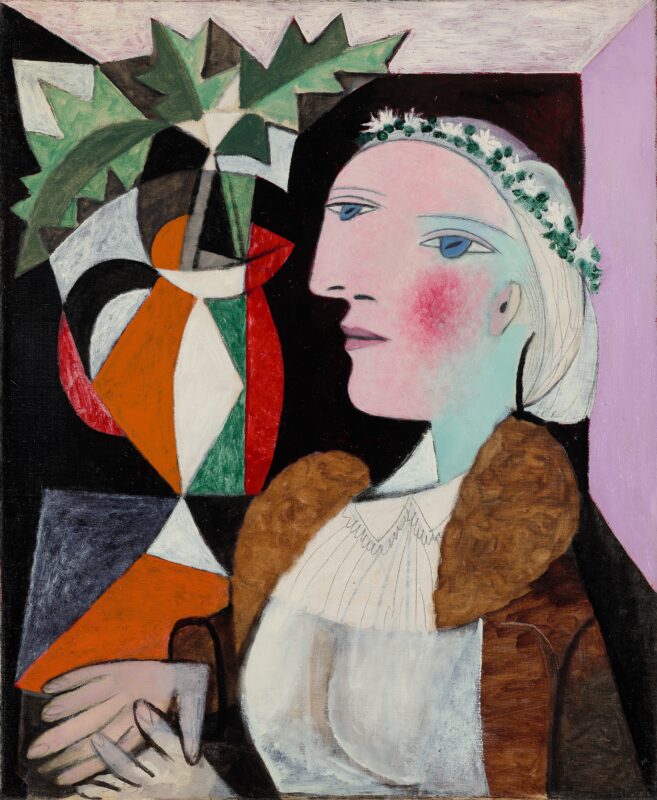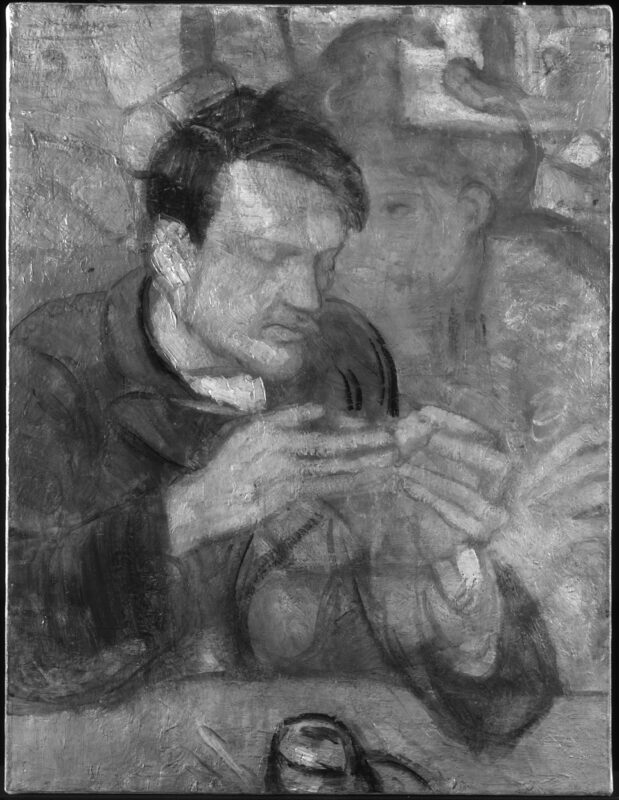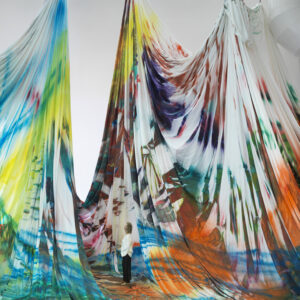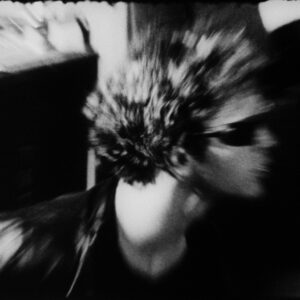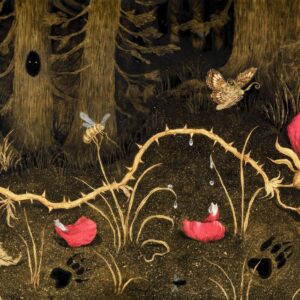A new exhibition at the British Museum is set to showcase around 100 prints from one of the world’s best-known artists – Pablo Picasso (1881?1973) – including some never displayed pieces from his acclaimed 347 Suite.
Picasso made prints throughout his career and enjoyed the creative challenge that learning a new technique offered. From the etchings that he made in Paris in the early 1900s to the large-scale colour linocuts of the early 1960s, he demonstrated a deep understanding of the medium and eagerness to experiment and innovate. This exhibition explores Picasso’s printmaking from 1904 to 1971, ending with a group of works from the 347 Suite, a remarkable explosion of printmaking in 1968, when the artist was 86. Printmaking became, for Picasso, the art form through which he could tell stories and follow a thought or idea. Few artists contributed more to the medium in the 20th century.
Catherine Daunt, Curator of Modern and Contemporary Prints
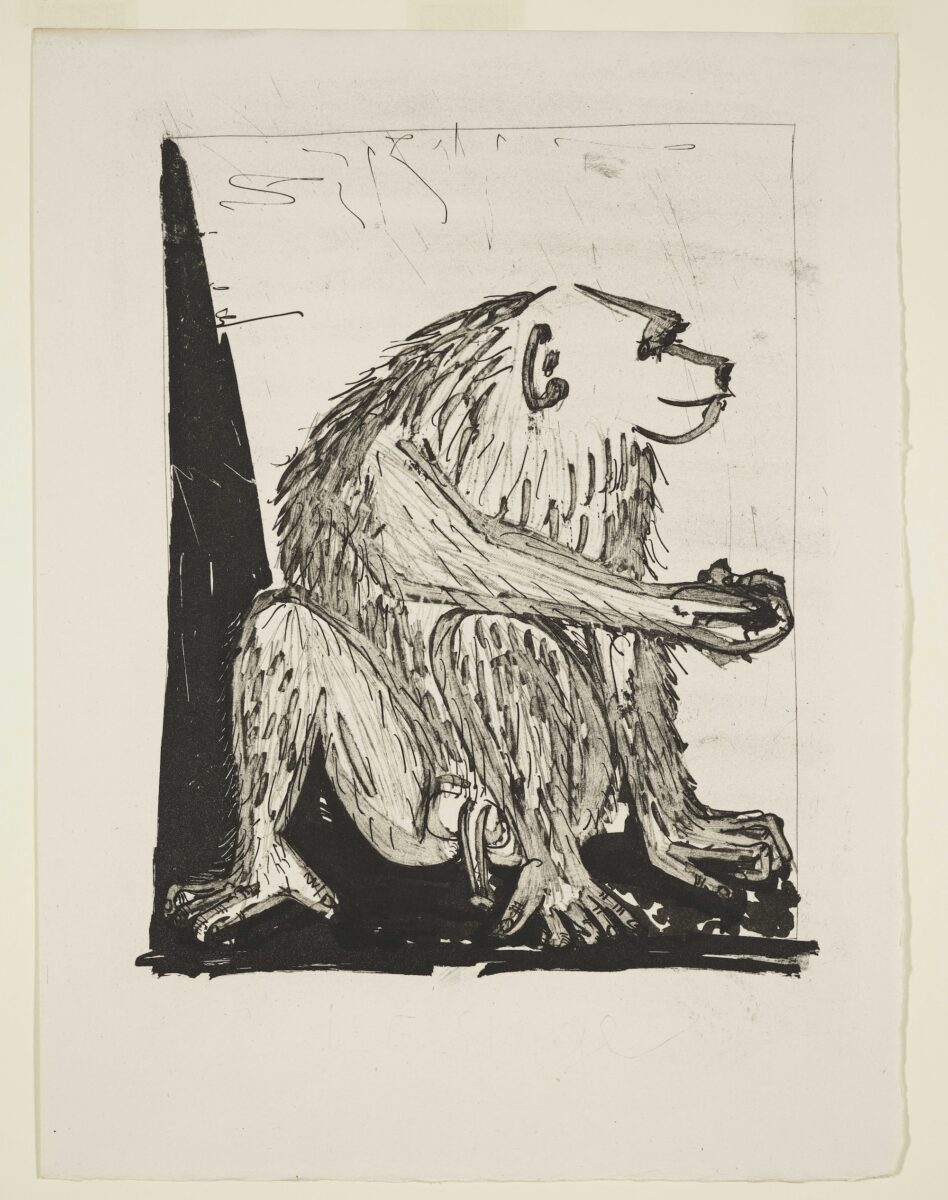
Buffon (Paris: Martin Fabiani, 1942), sugar aquatint and drypoint. Picasso loved animals and kept many pets throughout his life. The exhibition includes images of a monkey, frogs, a lizard, owls, a goat, a pigeon and a hen. He kept a pet monkey for a short time as a young artist in Paris and enjoyed watching the monkeys in the zoo.
Though most famous for his paintings, Picasso made prints throughout his career, often in periods of intense activity, producing around 2,400 in total. The British Museum’s collection of the artist’s prints has grown significantly in recent years and is now the largest collection in the United Kingdom, numbering over 500.
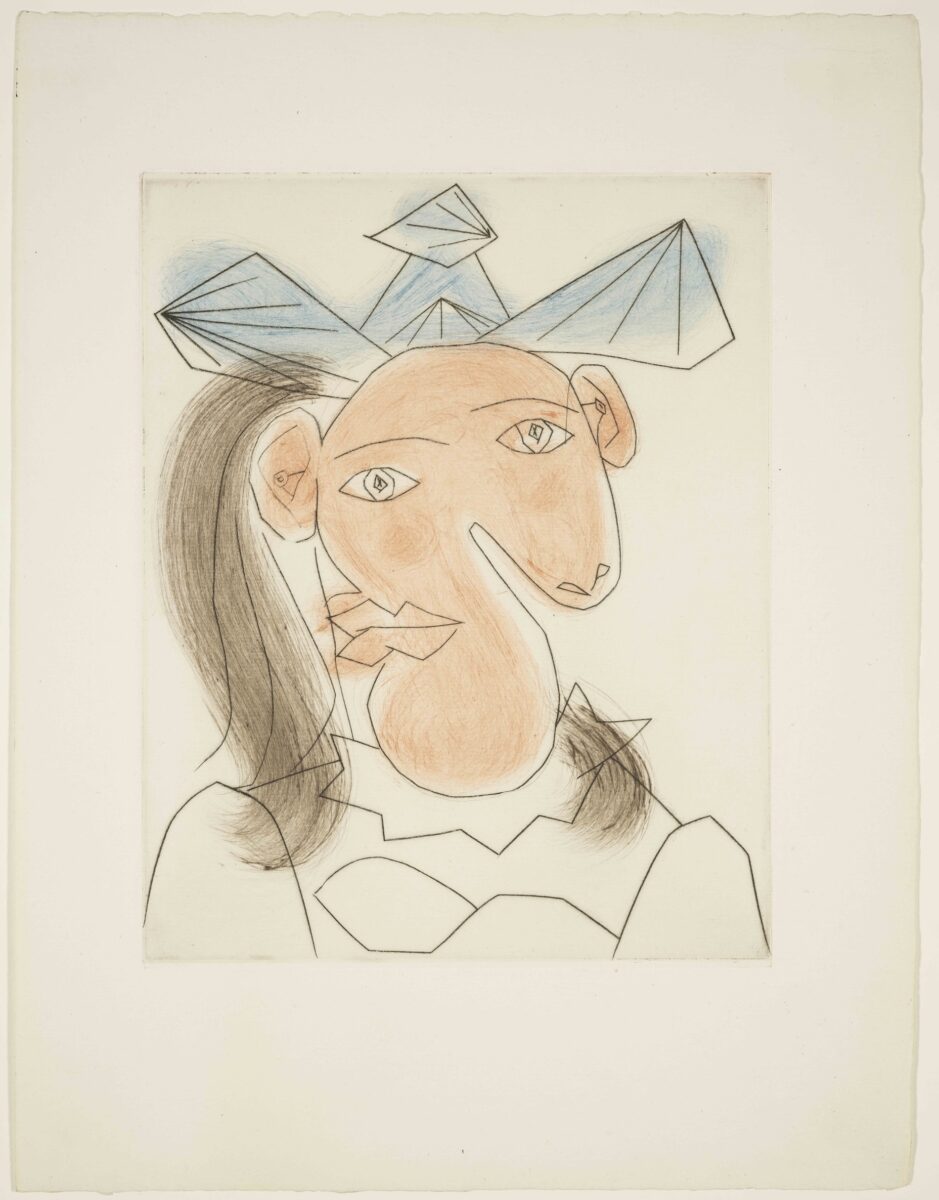
The autobiographical nature of Picasso’s work means his prints offer unique insights into his life and loves, as well as his creativity and extraordinary artistic vision. The exhibition will chart the artist’s long-standing, if at times episodic, engagement with printmaking from his formative period in Paris at the turn of the 20th century until the final years in the early 1970s. It will also explore Picasso’s relationships with his wives and lovers, and his sometimes tender but at times troubling depictions of sex.
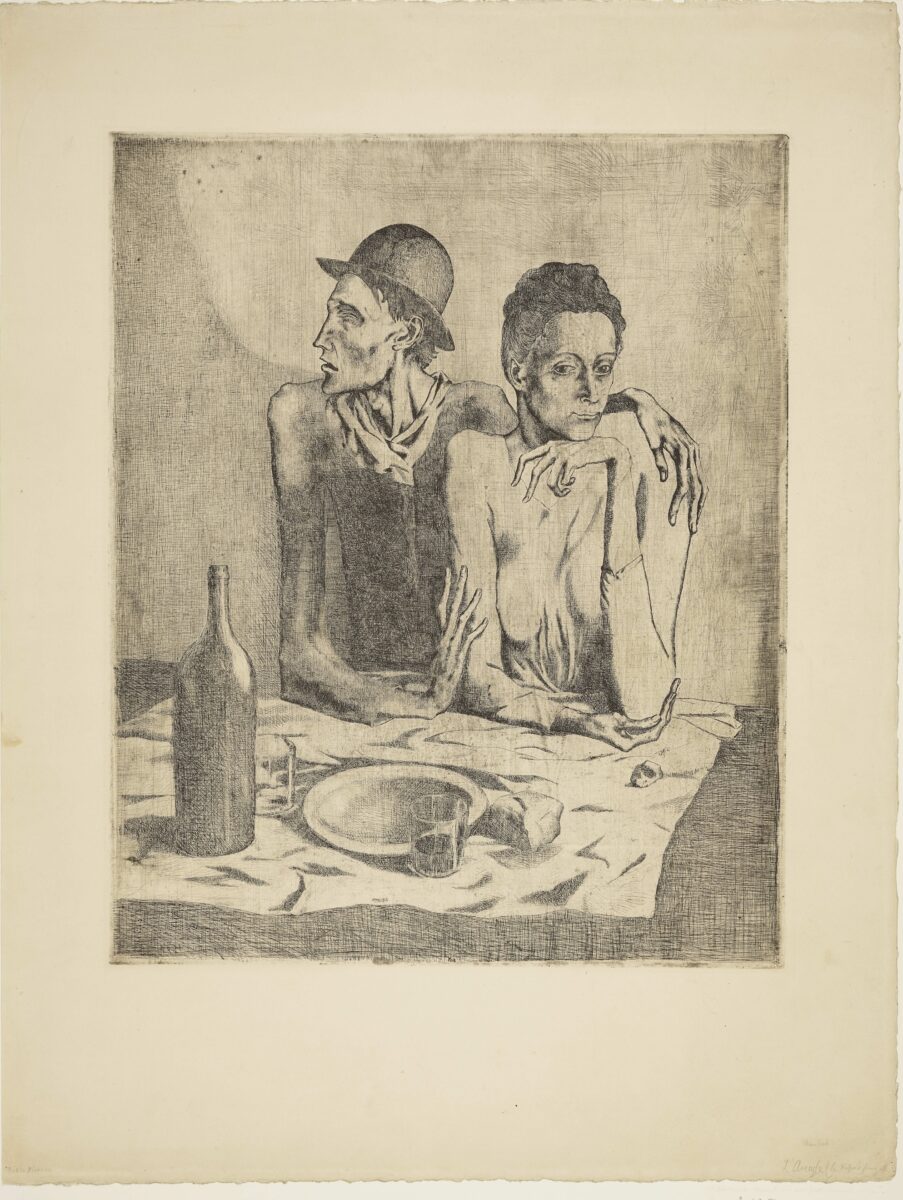
With no formal training in printmaking, Picasso made his first print in 1899 at the age of 17, however, it wasn’t until 1904 that he fully engaged with the medium, producing his first professional print – The Frugal Meal (1904). The etching, which is regarded as one of his most powerful works in any medium from what is known as the artist’s Blue Period (1901-1904), will open the exhibition.
Prints from one of the artist’s most celebrated series, the Vollard Suite, will also be featured. This set of 100 etchings, executed between 1930 and 1937, includes the aquatint Faun Uncovering a Woman (1936) and illustrates the development of Picasso’s skills in the medium during this period as well as his interest in Greek and Roman art and mythology.
Picasso: printmaker will conclude with what is considered the biggest printmaking achievement of his final years – the 347 Suite. In 1968, aged 86, Picasso produced 347 etchings, drypoints and aquatints in under seven months while contemplating his life, achievements and legacy. The suite is an outpouring of his thoughts and concerns at the time, functioning as a visual diary, and also demonstrates his approach to printmaking as a medium through which to tell stories and explore ideas.
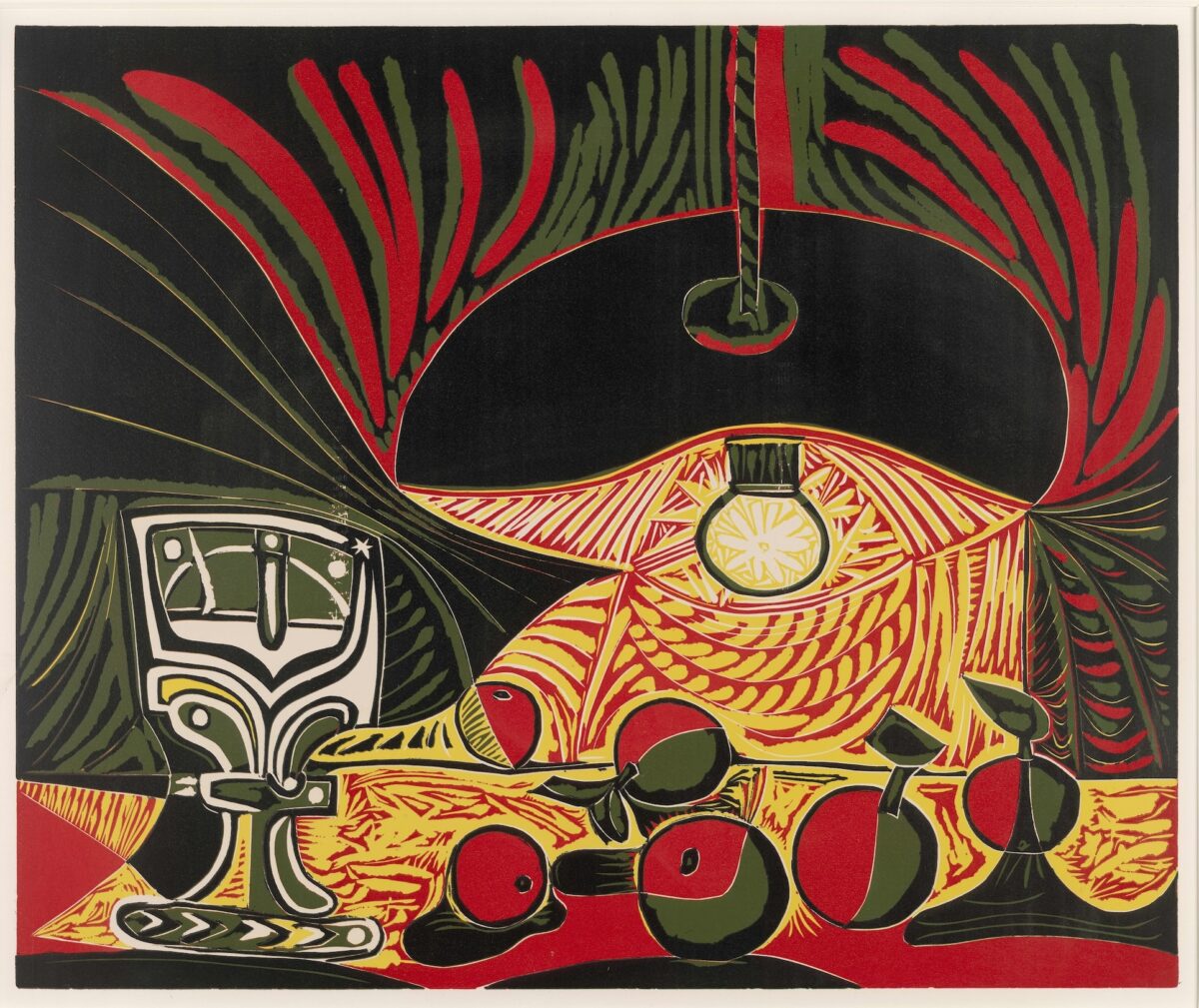
The exhibition will bring together the largest number of prints ever displayed from the pristine set of the 347 Suite, acquired in its entirety by the British Museum in 2014. The aquatint Tree in the Storm, with Flight Towards a Church (1968) exemplifies Picasso’s playful approach to printmaking at the time, the suite’s storytelling element, and his experiments with unusual techniques such as creating the image on a greased plate.
Printmaking required Picasso to work collaboratively with professional printers, and his relationships with key master printers throughout his life helped shape his output. He made intaglio prints, lithographs and linocuts, mastering techniques and then developing new and unconventional methods. The works in the exhibition will highlight Picasso’s gift in swiftly absorbing the practical knowledge of these highly skilled artisans, and show how they were in turn challenged to push their technical boundaries to match his relentless experimentation.
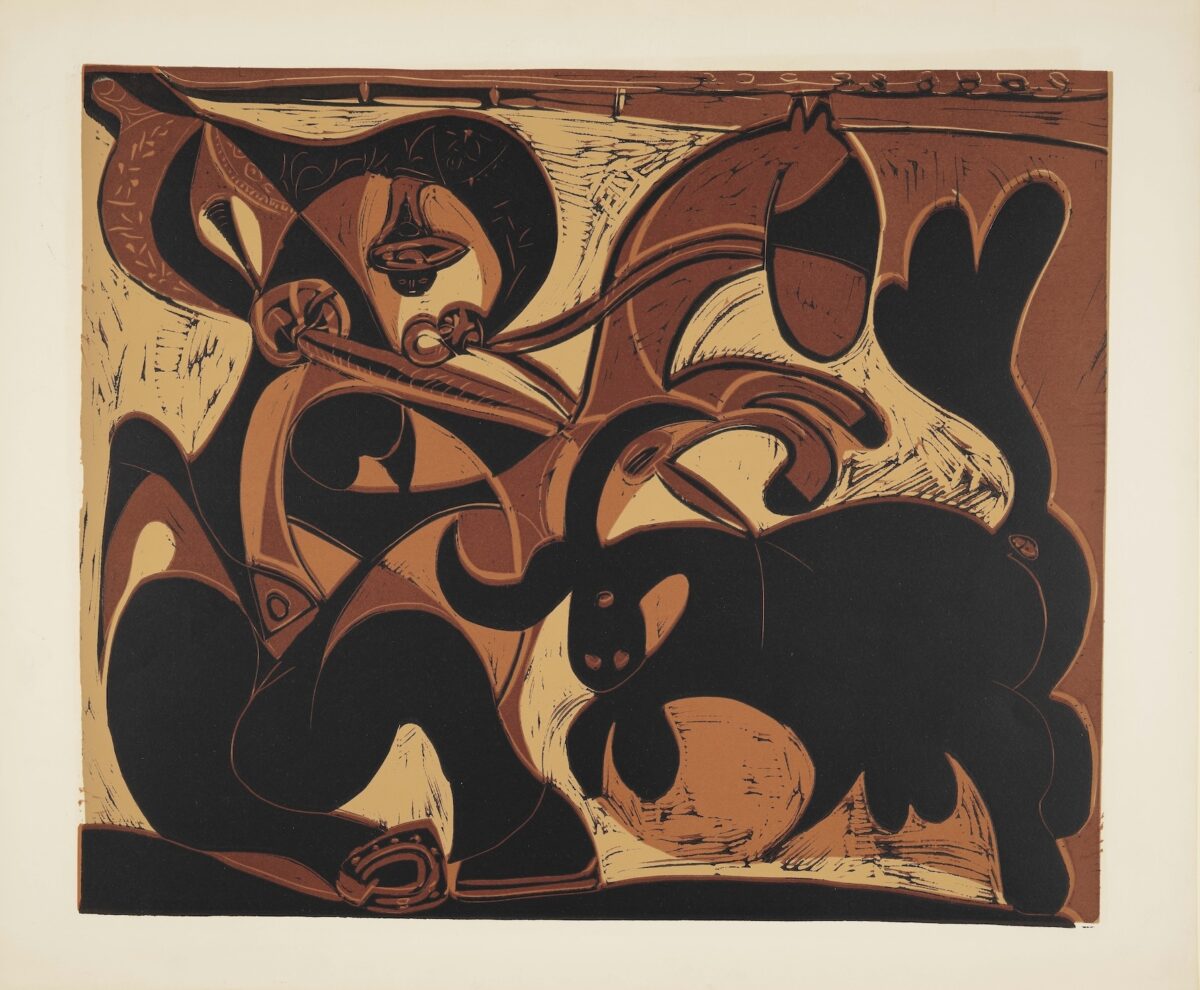
The focus on Picasso as a printmaker will show the vital importance of this activity in his long artistic career, and his continued relevance as one of the most creative, experimental and influential talents ever to explore the medium of print.
To be able to showcase the UK’s most extensive collection of prints from one of the world’s most renowned artists, is an exciting prospect for us. Many people will be familiar with Picasso’s paintings, but this exhibition aims to build an appreciation of him as a master of printmaking and highlight how his life-long experimentation with the medium inspired his creativity.
Thanks to the extraordinary generosity of Hamish Parker, the collection includes his two most celebrated print series, the Vollard Suite and the 347 Suite. We’re especially delighted to display more pieces from the 347 Suite than ever before in the UK; the British Museum is the only museum in the UK to hold the full series.
Nicholas Cullinan, Director of the British Museum,
Picasso: printmaker will run from 7 November 2024 – 30 March 2025 in Room 90 at the British Museum.

